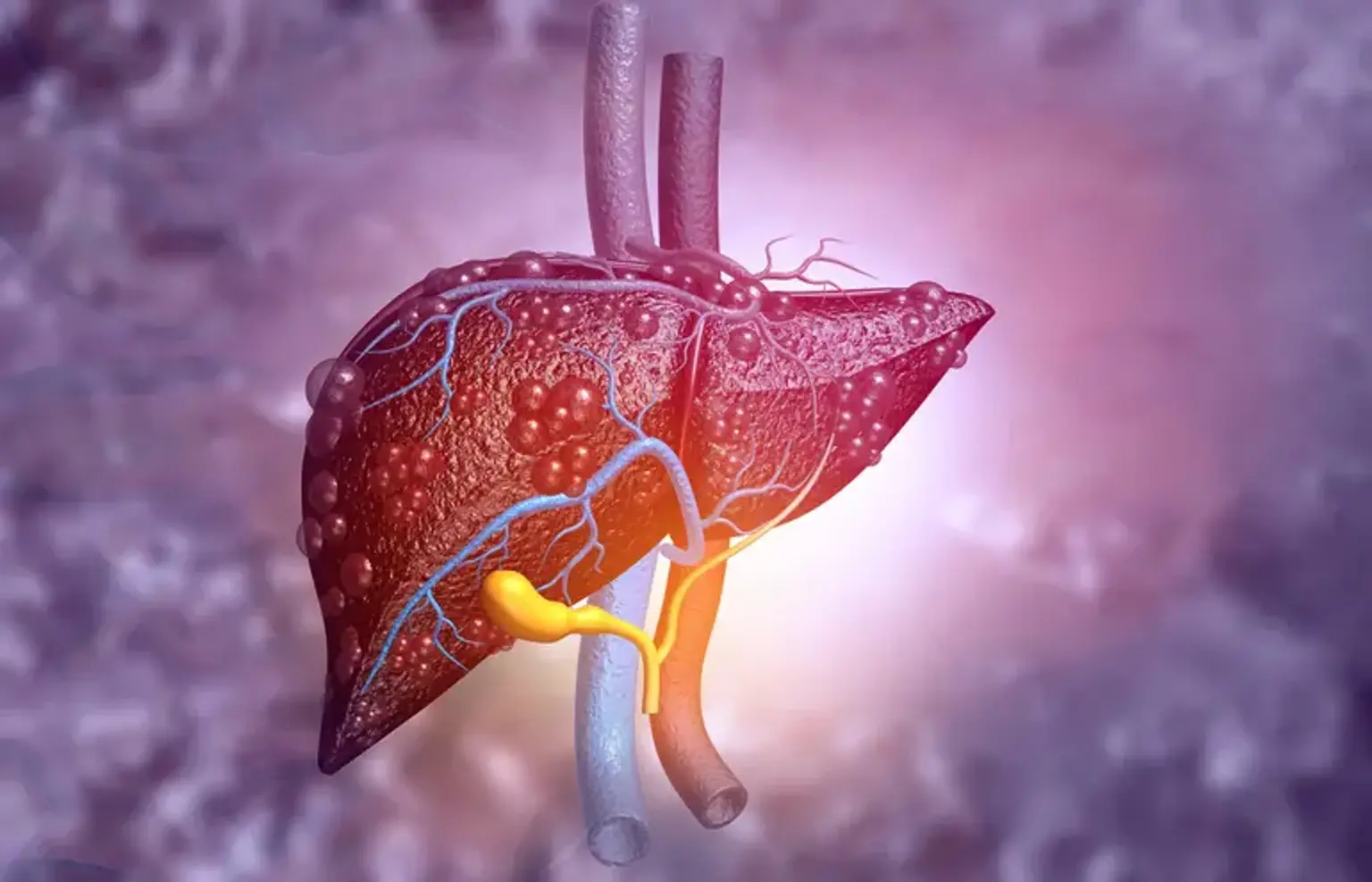Liver cancer
What is liver cancer?
Your liver is the biggest organ in your body, and it aids in digestion. It is also one of the most vital organs, as no one can survive without it. Among the critical functions of your liver are:
- Gathers and filters blood from your intestines.
- Processes and stores nutrients absorbed by your intestines.
- Converts certain foods into energy or compounds required by your body to produce tissue.
- Produces bile, a fluid that aids in fat digestion.
- Digests and stores other nutrients from meals, such as sugar, to provide energy.
Liver cancer is a type of cancer that starts in the cells of your liver. The liver is a football-sized organ located in the upper right quadrant of your belly, under the diaphragm and above the stomach.
